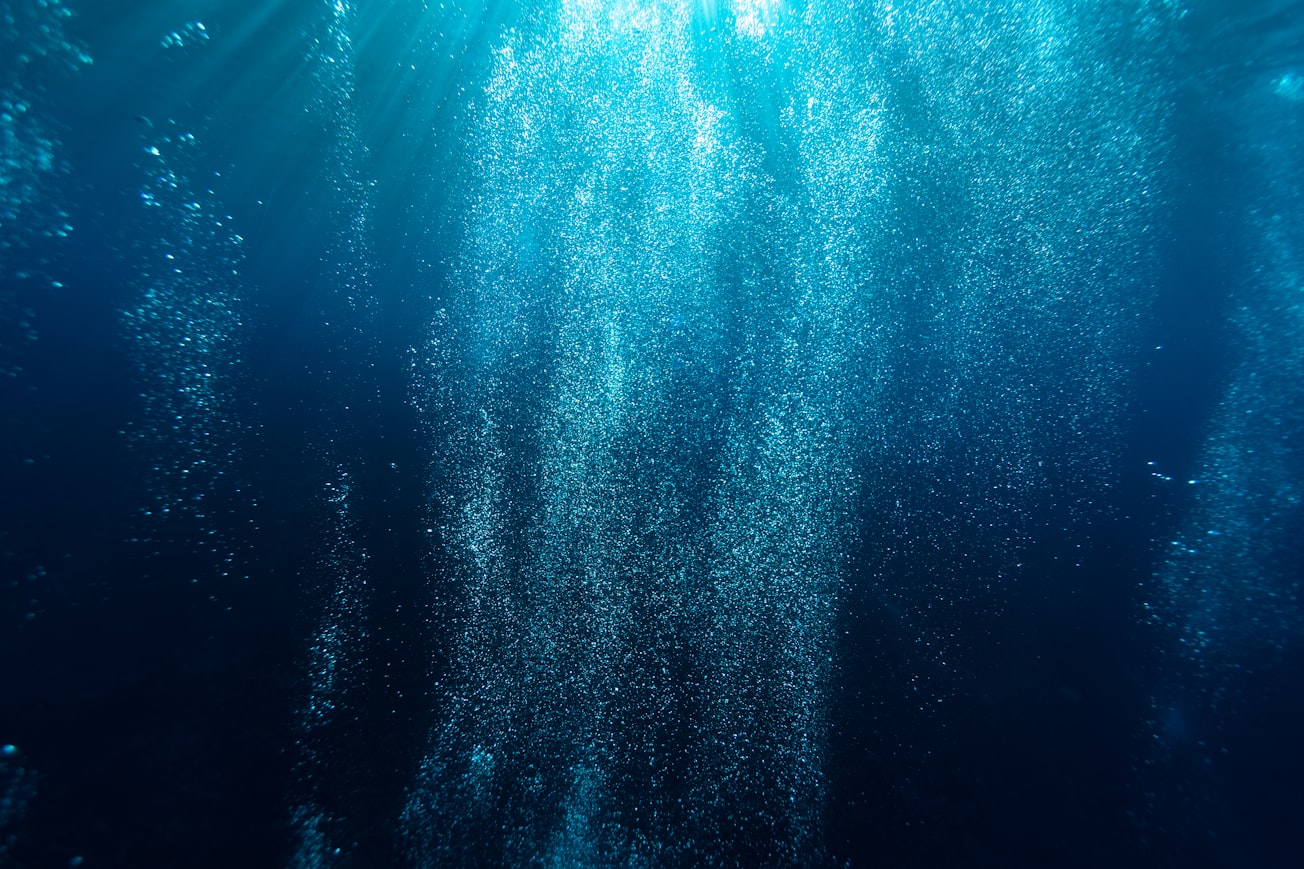What is it about?
Plankton are the drifters of the sea, and what they consume can have a big impact on which plankton survive and what other plankton consume. This work represents plankton via a set of equations, a mathematical model, in which the planktonic consumers freely select which size of planktonic prey they consume. By consuming the smaller, more competitive plankton, the larger, less competitive plankton are able to survive. Additionally, when there are multiple planktonic consumers, they end up selecting different sizes of prey to consume, all without the model explicitly indicating they should do so.
Featured Image

Photo by Sarah Lee on Unsplash
Why is it important?
This study is unique because the planktonic predators are able to select which planktonic prey to consume without their choices being explicitly prescribed. Therefore, their prey size selection emerges from their interactions. Additionally, these prey size selections can have an appreciable impact on the structure of the planktonic community. This approach can serve as a basis for realistically incorporating plankton in more complex environmental models, which can then be used to investigate topics such as how elements move around the oceans and how that might change with alterations in climate.
Perspectives
This research was a long time in coming, but the importance of how to model what planktonic consumers select to graze and the impact those choices can have on the planktonic community propelled me to keep going. I hope this work further encourages people to think about the importance of top-down control on planktonic communities.
Darcy Taniguchi
California State University San Marcos
Read the Original
This page is a summary of: Planktonic prey size selection reveals an emergent keystone predator effect and niche partitioning, PLOS One, February 2023, PLOS,
DOI: 10.1371/journal.pone.0280884.
You can read the full text:
Contributors
The following have contributed to this page







